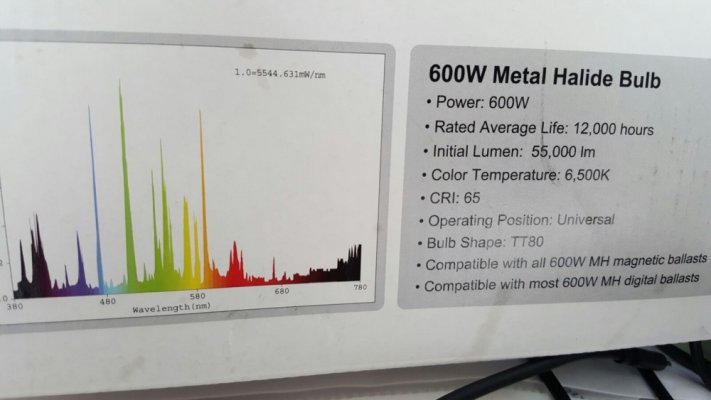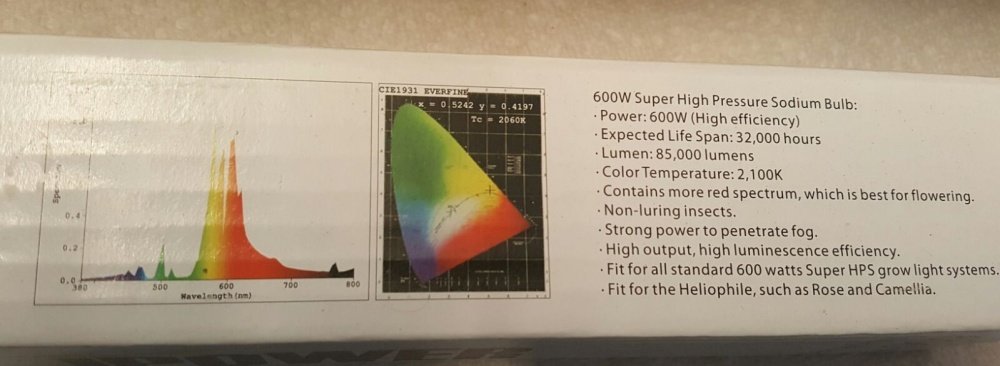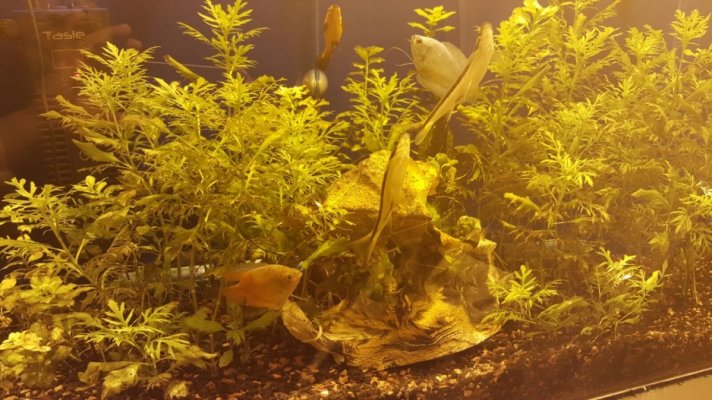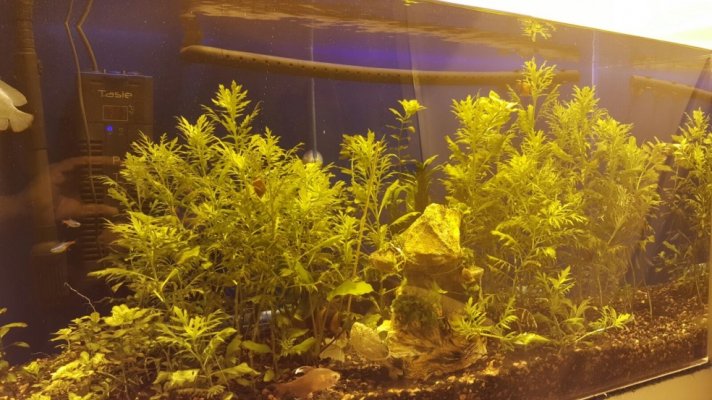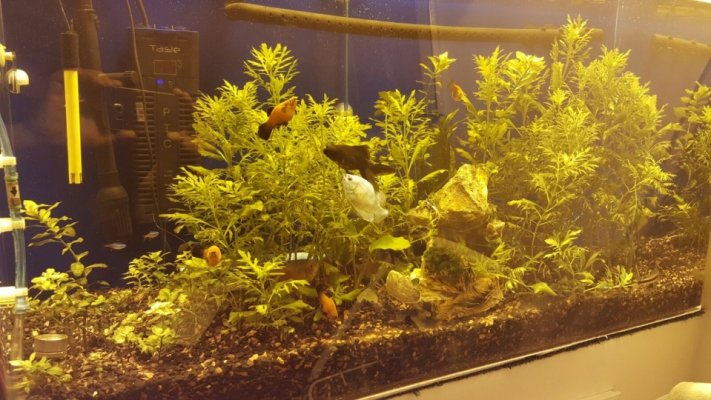Upped the NO3 from 10 to 20, PO4 from 1 to 2, KH from 15 to 17, GH 8 to 11........ so going on full throttle, tomorrow I am going to add Flourish Comprehensive 5 ml. and repeat this cycle after every two days.... Also do a 33% water change after a week.
Observed very few leaves floating in tank...... Pearling randomly and slowly from various plants.
Caliban07: Give me the solution (hahaha), so if my method of calibrating CO2 is wrong then what is the right procedure (pls. dont throw a long article link on me). What I need to measure and how is all I ask.
Regards;
It's pretty simple. You turn co2 up very slowly until you see no more problems with algae and the plants are happy and vibrant. Try not to chase pearling. Just focus on good plant health.
I'm in the camp that starts low and goes high. I have never seen my fish suffer as a result of co2 and would never push it to that point deliberately.
You don't need to increase dKH any more. Upping nitrates and phosphates was a good call.
You can use a drop checker to measure Co2 or a ph pen. Both are rough estimations but better than the chart because the only gas allowed in to the drop checker is co2 (carbonic acid in water) and the solution in the drop checker is a KNOWN dKH value that has been made up of carbonates so what you are reading from the chart is happening in the drop checker but the drop checker responds slowly and the colours can be open to interpretation and may change depending on placement.
The ph pen method is tricky and the pen will need calibrating often to remain fairly accurate.
I've just set my new tank up. I don't know what my dKH is or my PH. I dose nitrates, phosphates, potassium and the trace elements fairly on point. I keep control of my lighting and play around with my co2. My flow is exceptional and my co2 distribution is good. I allow a gently ripple on the surface to allow movement of o2. I may lose some co2 this way but I just turn it up to compensate. Oxygen is more important for the fishes.
Here is a video of my new tank.
https://youtu.be/g54_E2RoLro
You can seen the small micro bubbles of co2 mixing and the larger bubbles coming up from the plants. You should be able to make out an amano shrimp going about his business and some ottos at the back. You can see the sway in the plants.
It doesn't really get more technical than that. If my plants are doing poorly and I'm getting algae I'm going to turn the co2 up. What else can it be? I'm dosing EI and have good flow. I could turn the light down but I want a carpet some time soon. Has to be co2.
Remember, your tank is larger. You have more plants and faster growing plants that use more co2. It's harder to get the co2 to dissolve in a larger tank. Harder to reach all areas with flow. Harder to keep the tank clean. You have to consider all these things.
Hope this helps and things continue to improve for you.

